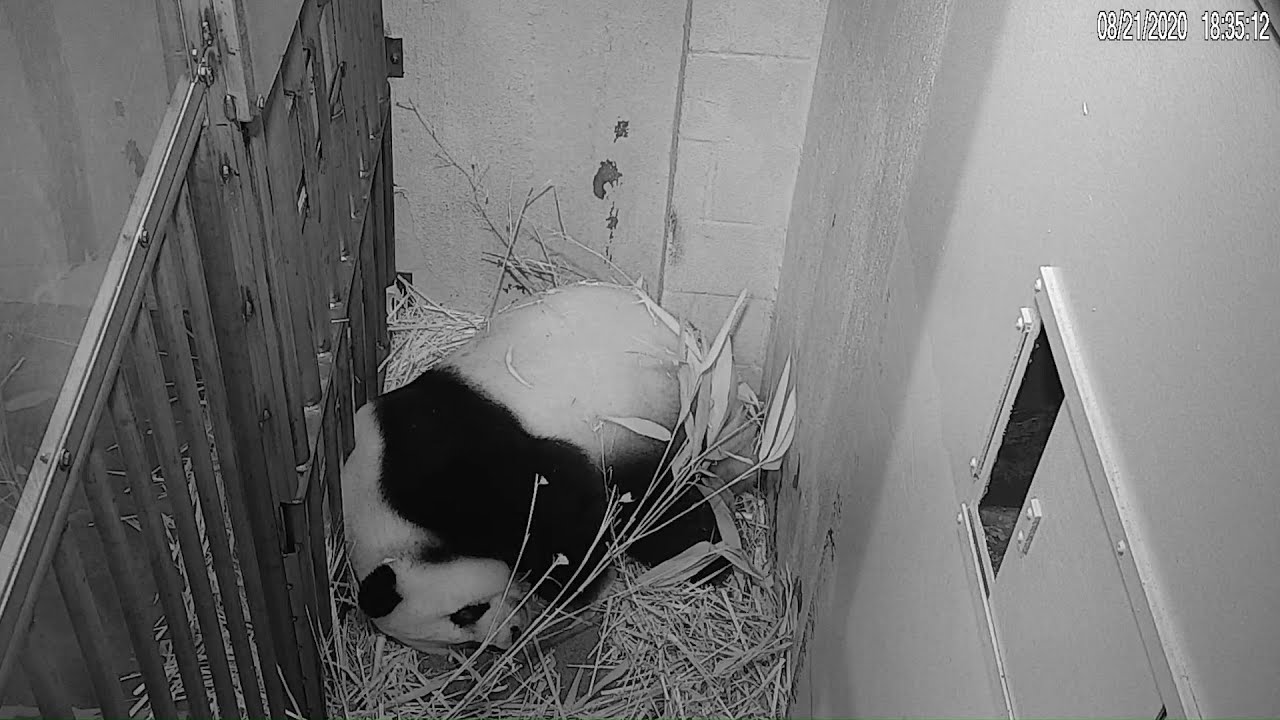Summary bullets:
– Mei Xiang, the Giant Panda at Smithsonian’s National Zoo, gave birth to a cub on August 21, 2020.
– The birth of a Giant Panda is a unique event, as they are critically endangered animals with a low reproductive rate.
– The animal care team and panda enthusiasts worldwide will closely monitor the cub’s growth and development at the National Zoo.
On August 21, 2020, Mei Xiang, the beloved Giant Panda at the Smithsonian’s National Zoo, gave birth to a cub. This joyful and momentous occasion has captured the attention of animal lovers worldwide. The birth of a Giant Panda is a unique event, as they are a critically endangered species with a low reproductive rate. Here are some fascinating aspects of this unique creature and the birth of the newest addition to the National Zoo.
Giant Pandas are mammals, and they are native to central China. They primarily eat bamboo but consume other vegetation and small animals. They are known for their black and white fur and distinctive round faces. Adult pandas are typically between 200 and 300 pounds and can live for up to 30 years in captivity.
Mei Xiang has given birth to three other cubs during her time at the National Zoo. It’s scarce for Giant Pandas to breed in captivity, so each birth is a cause for celebration and excitement. Mei Xiang is a very experienced mother who has taken excellent care of her previous cubs. The animal care team at the National Zoo will be working closely with her to ensure that she and the new cub are healthy and thriving.
The animal care team will closely monitor the growth and development of the cub. It will be weighed regularly, and its growth will be tracked to ensure it usually progresses. The cub will spend its first few months primarily in the den with Mei Xiang, where it will nurse and bond with its mother. Once it is weaned, it will eat bamboo and other solid foods.
This birth is an important milestone for the survival of Giant Pandas as a species. There are just over 1,800 pandas in the wild, and efforts to conserve and protect them have been ongoing for decades. Breeding programs like the one at the National Zoo have been crucial in raising awareness of these gentle creatures’ plight and providing them with a safe place to thrive.
In addition to their status as a critically endangered species, many other unique aspects of Giant Pandas make them fascinating. For example, they have a thumb-like extension on their front paws, which helps them to grasp bamboo more easily. They also have a special lining in their digestive tract that allows them to digest tough bamboo stalks.
If you’re interested in learning more about Giant Pandas, there are many ways to get involved. You can visit the National Zoo’s Giant Panda exhibit, where you can see Mei Xiang and her cub (once it is on display). You can also support conservation efforts by donating to organizations like the World Wildlife Fund, which works to protect pandas and other endangered species.
In conclusion, the birth of the Giant Panda cub at the National Zoo is a fantastic event highlighting the importance of conservation efforts for this endangered species. As animal lovers, we can all appreciate these gentle creatures’ incredible beauty and uniqueness and support efforts to protect them and their habitats. We look forward to watching the new cub grow and thrive under the care of its mother and the dedicated animal care team at the National Zoo.
*****
Source Description
See and listen to the joyous moment when our giant panda cub was born at 6:35 p.m.! The animal care team reports mom Mei Xiang and the cub appear to be doing well. #PandaStory #PandaCubdates

